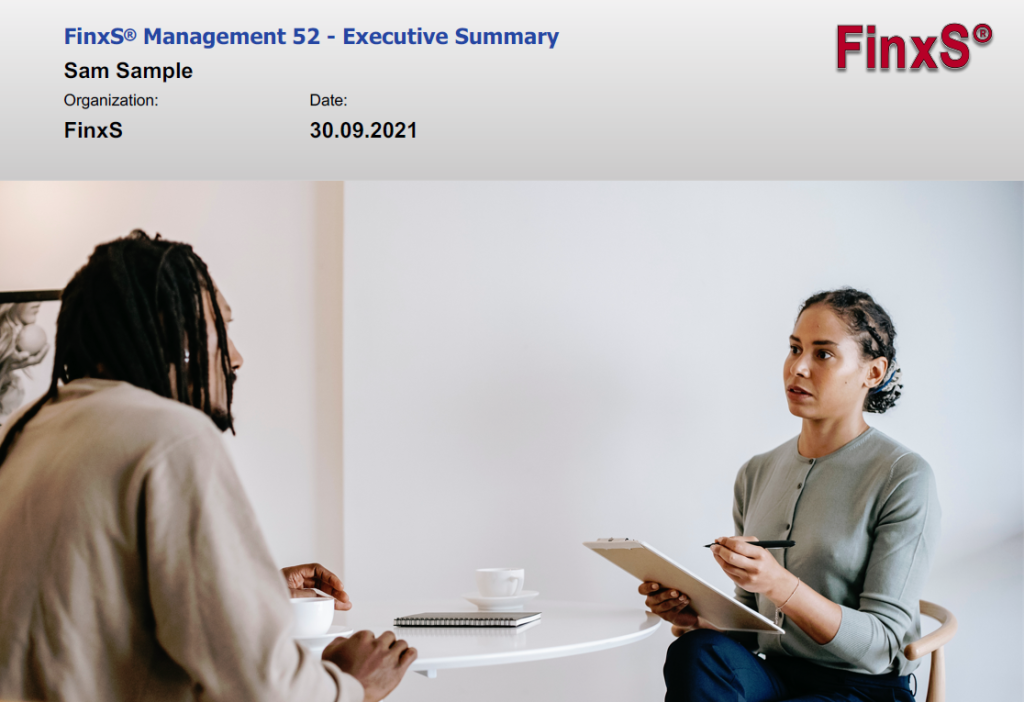Think back to school. What if you had to turn up without one homework. Would that be the homework of the loveable teacher that will express disappointment and ask you to bring it next class?
Or would it be the feared teacher whose punishment will make you wish you had done the homework? Your choice?
Another scenario.
You are supporting two project teams. You are putting in an extra hour while you wait on your drive. Do you give an extra boost to the project being led by a nice and supportive leader or do you volunteer those extra minutes to the tough task master who is feared and not well liked?
My guess is that the majority of you will do the homework of the feared teacher but devote the extra time to the liked team leader.
FEARED OR LOVED: WHICH GETS BETTER RESULTS?
Being feared and being loved are at opposite ends of approaches to leadership. There is an ongoing debate over which approach is more likely to achieve success in different situations.
I. Pain versus Pleasure
Rule #1: All Decisions Made by Human Beings are to Avoid Pain or Gain Pleasure
When it comes to motivation and why people do the things that they do, it comes down the simple science of pain versus pleasure. In its simplest form, all decisions that human beings make are to either gain pleasure or to avoid pain.
Rule #2: People Will do Much More to Avoid Pain than they Will to Gain Pleasure!
While human beings want to both avoid pain and gain pleasure, avoiding immediate pain is much more motivating than gaining immediate pleasure. Studies have demonstrated time and time again that people will do much more to avoid short term pain than they will to gain short term pleasure. (Ref: https://titaniumsuccess.com)
II. Work-to-rule versus Being Engaged
Fear tends to drive self-preservation. We do what is required to avoid pain. As we climb the nearest tree, we are not concerned about where the pit bull is getting his next meal.
Fear does not drive commitment and engagement.
WHY CHOOSE “LOVED”?
5 Insights from the “2017 Global Human Capital Trends” suggest that a more meaningful leader-team member connection is ideal.
1. Many companies have not yet made employee experience a priority for HR leaders, often delegating this problem to an annual engagement survey.
2. Companies need to update their tools to engage employees on an ongoing basis (with pulse surveys at least) to help HR teams and line leaders understand more fully what the talent they employ expects and values.
3. Companies need a new approach—one that builds on the foundation of culture and engagement to focus on the employee experience holistically, considering all the contributors to worker satisfaction, engagement, wellness, and alignment.
4. Employees look at everything that happens at work as an integrated experience that impacts daily life in and outside the workplace, including overall physical, emotional, professional, and financial well-being.
5. Understanding and improving the employee experience is critical for companies operating in a highly competitive global economy. Providing an engaging experience will help companies succeed in attracting and retaining skilled employees. A strong employee experience also drives a strong customer experience.
BOTTOM LINE
A rules-based, high accountability leadership style with a reliance on FEAR as the key motivator may produce results in the short term in some situations. In today’s work environment more is required. Leaders who care about their team members and work to empower them will prevail in the long term.
Our NEW FinxS® Management 52 clearly identifies the strengths and development areas in 52 management competences. You control what competences you want to assess, whether from a few most critical ones to all 52 management competences.
CONTACT US [email protected]




